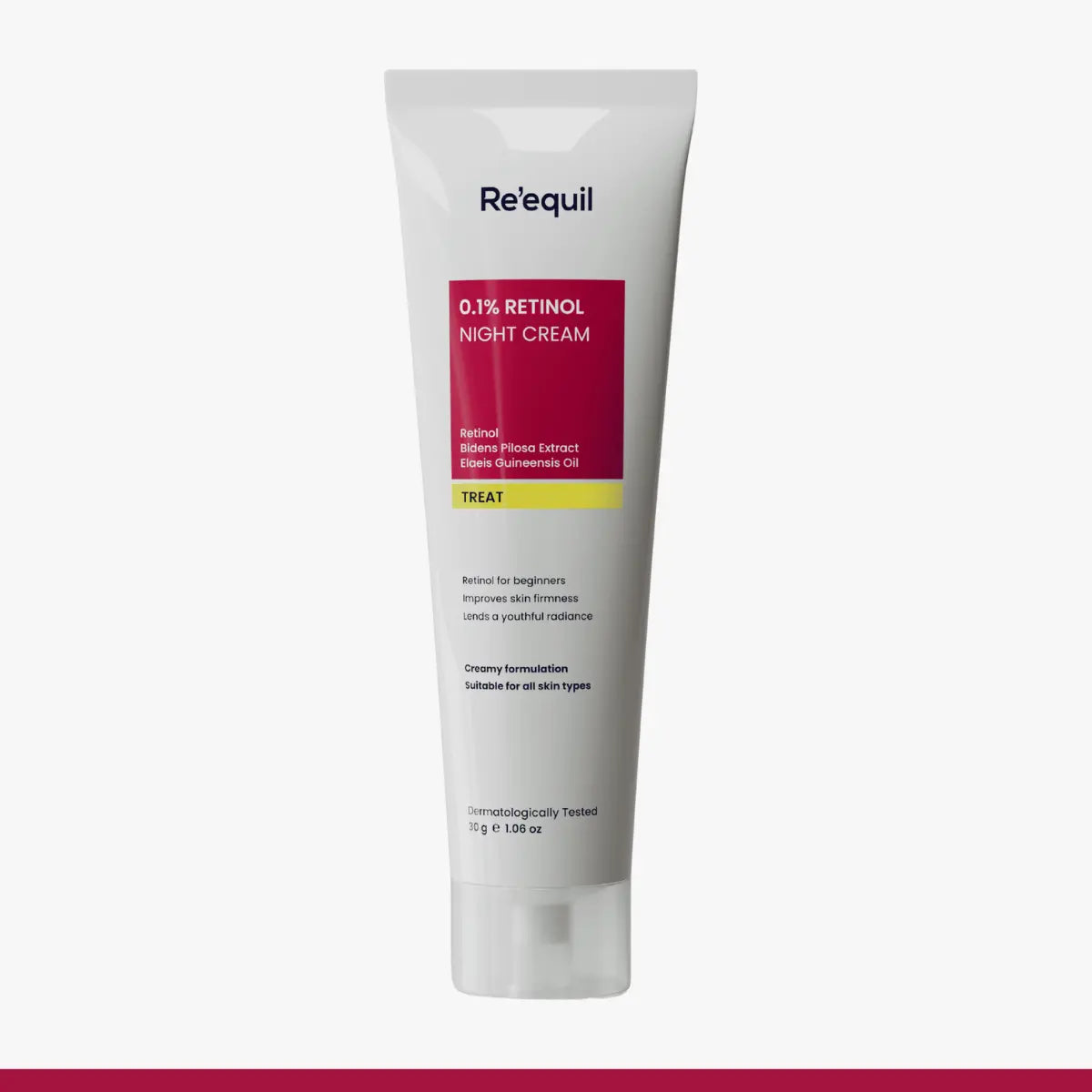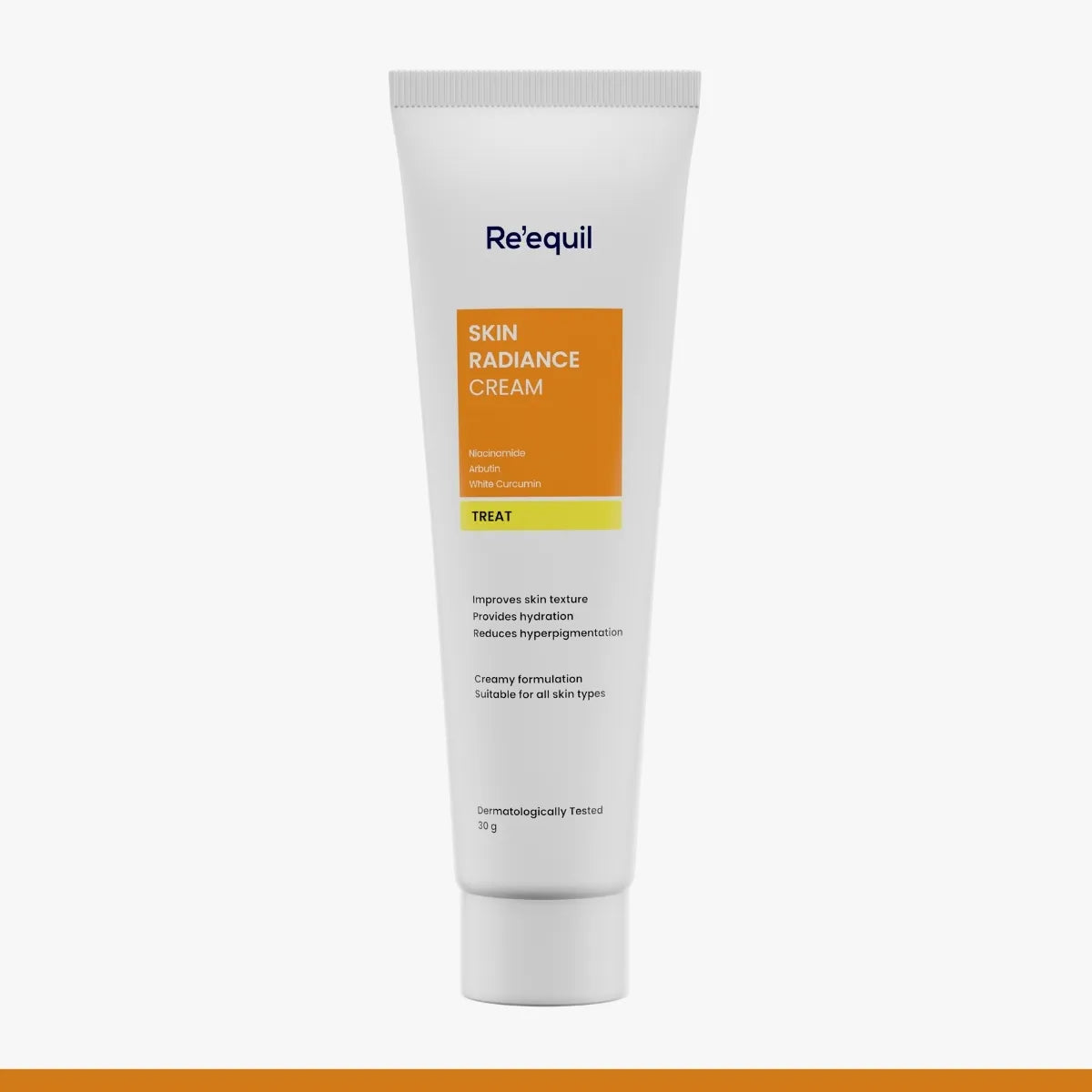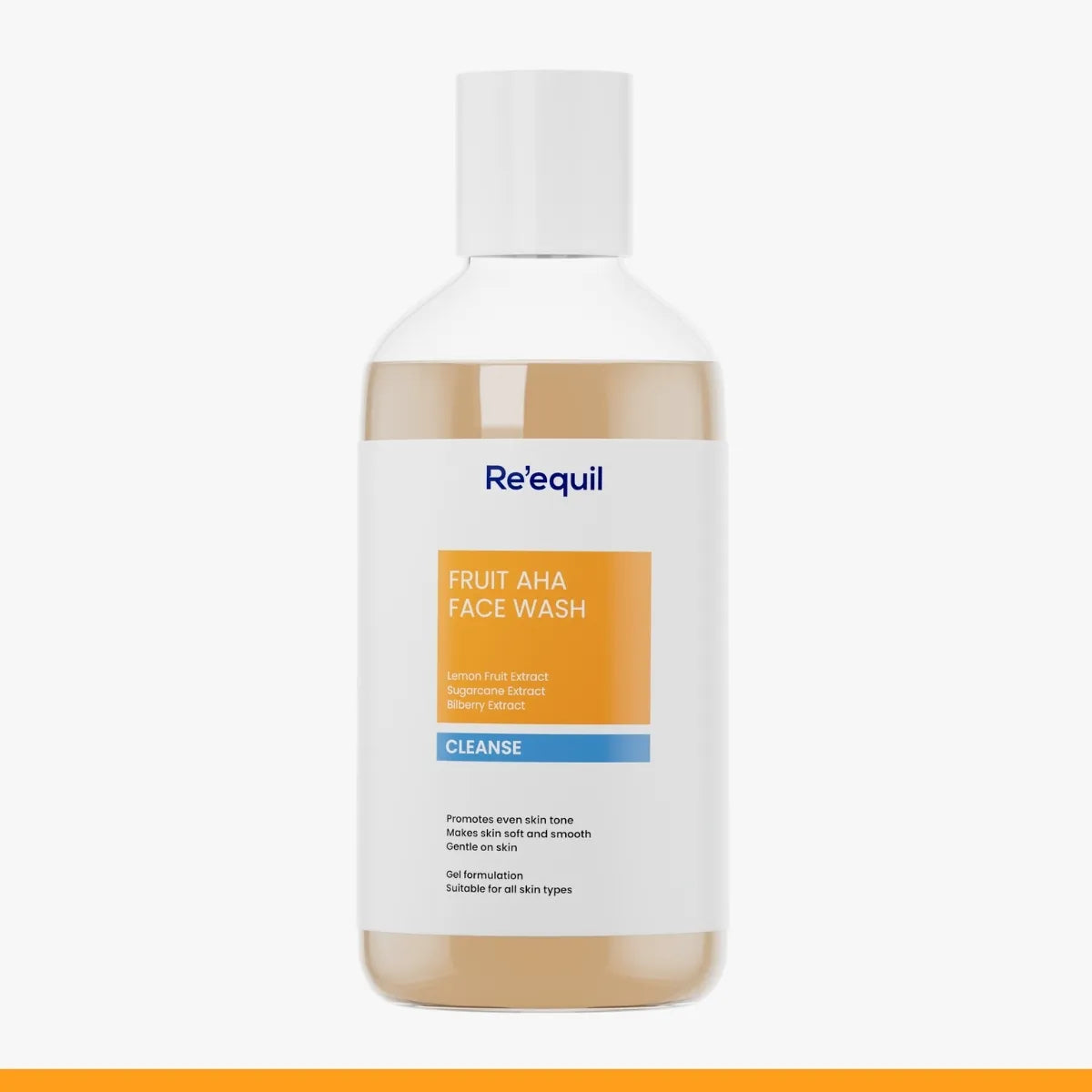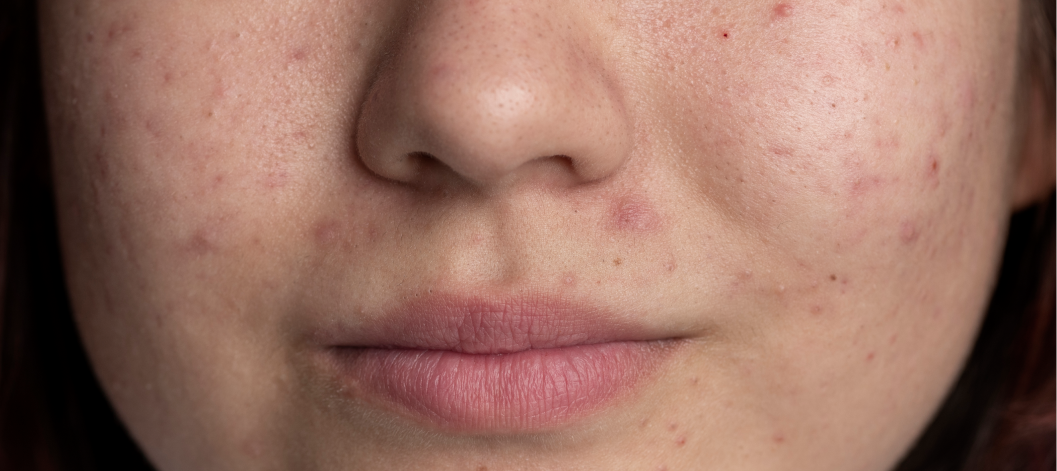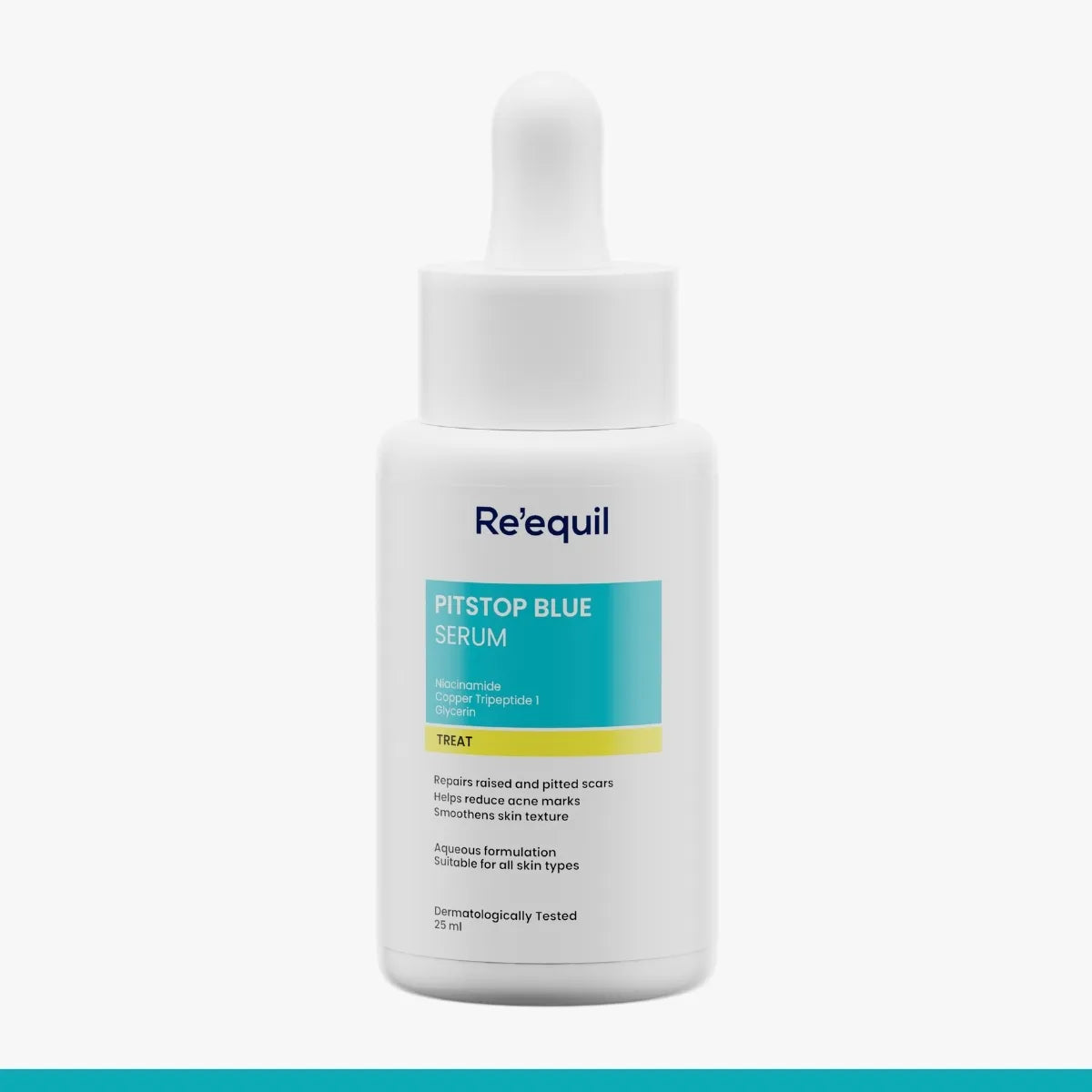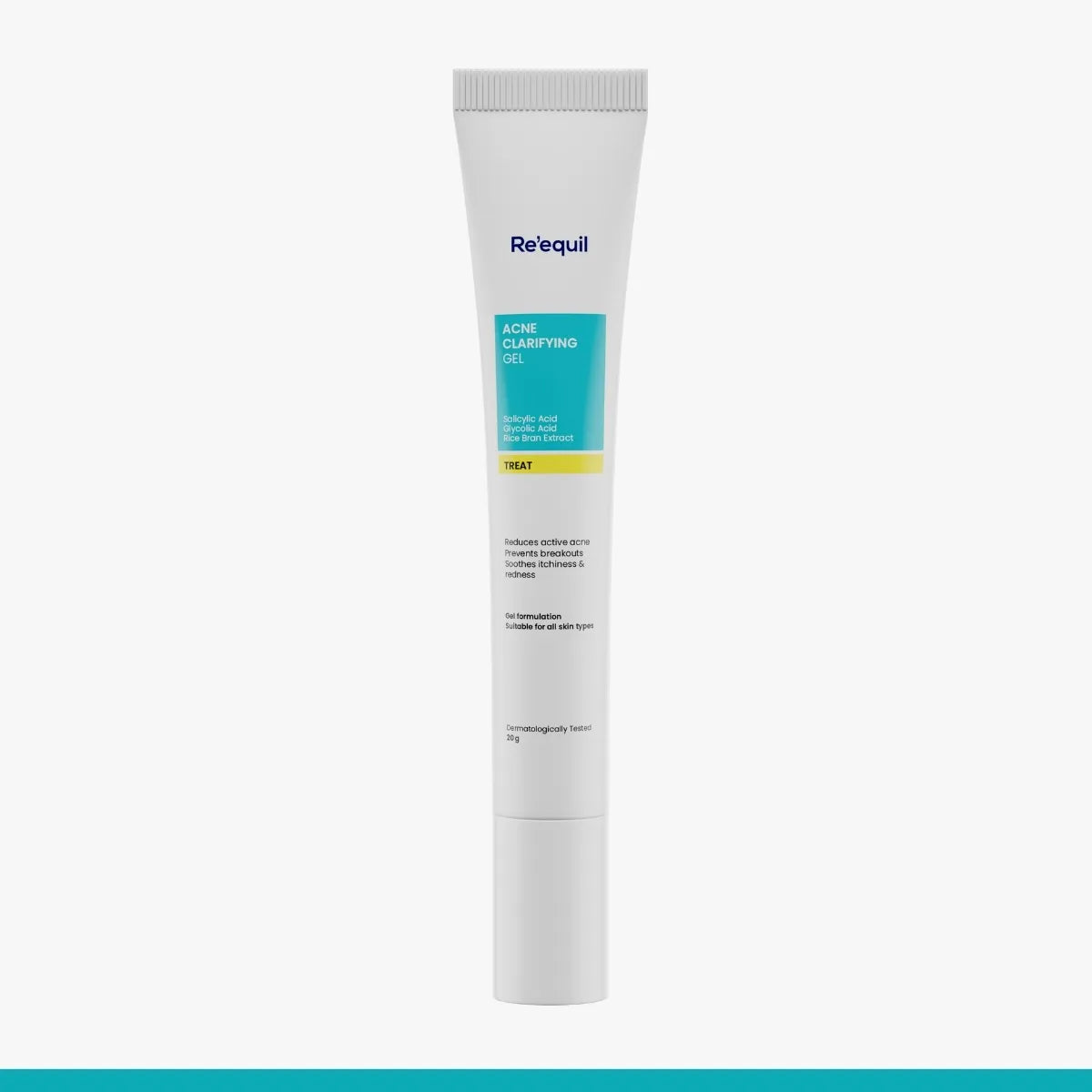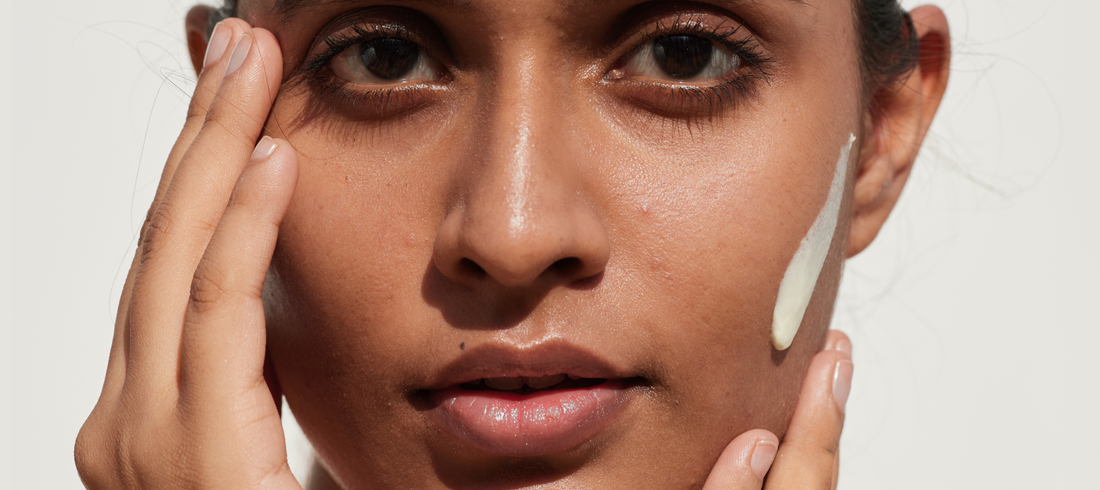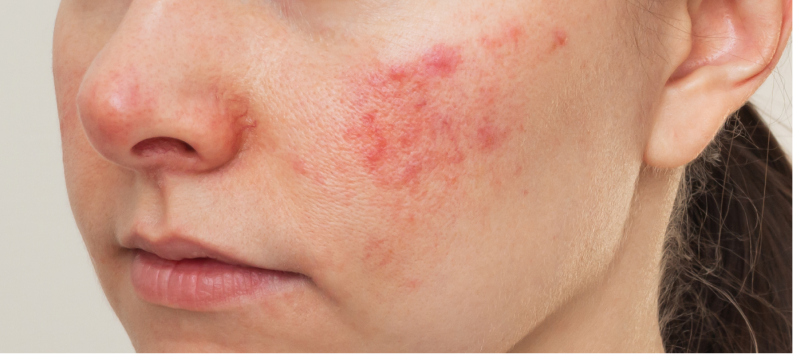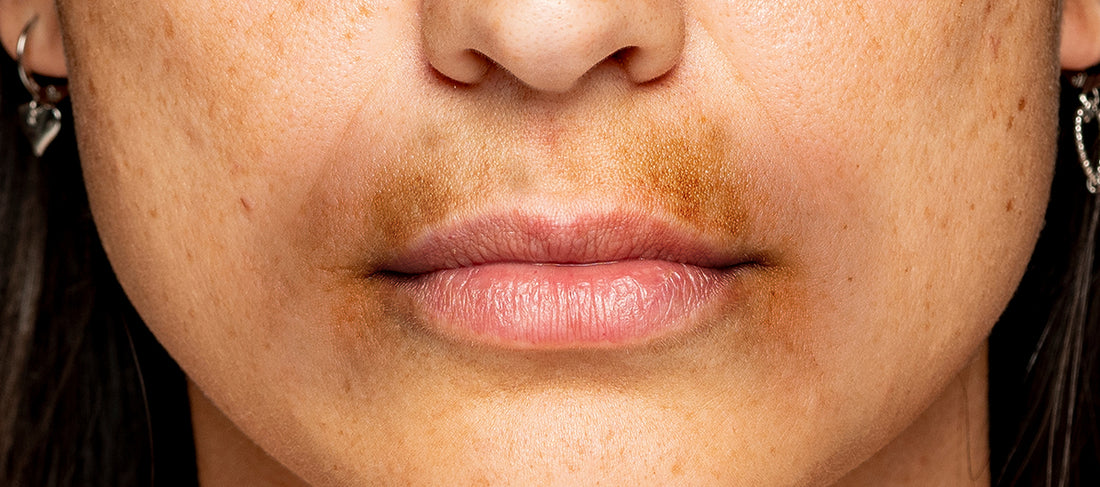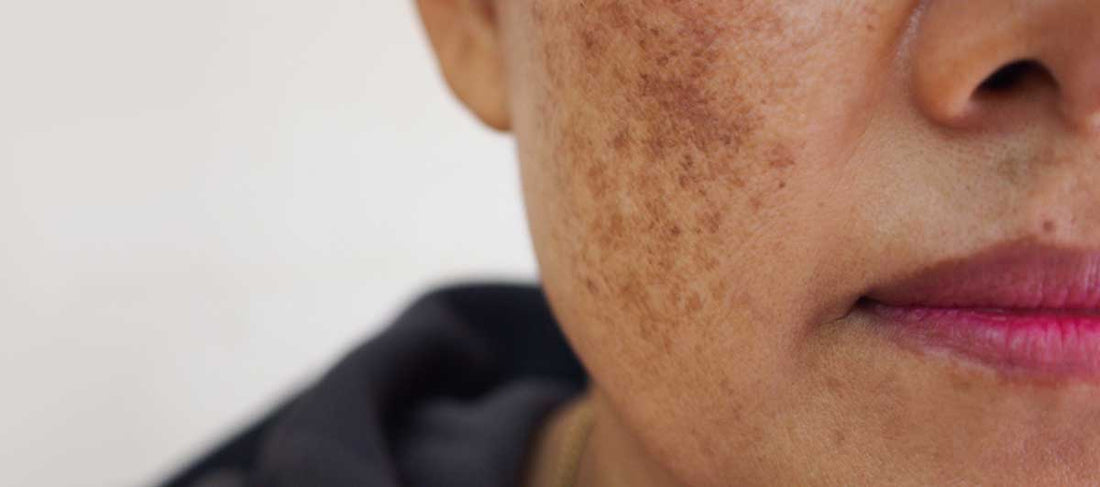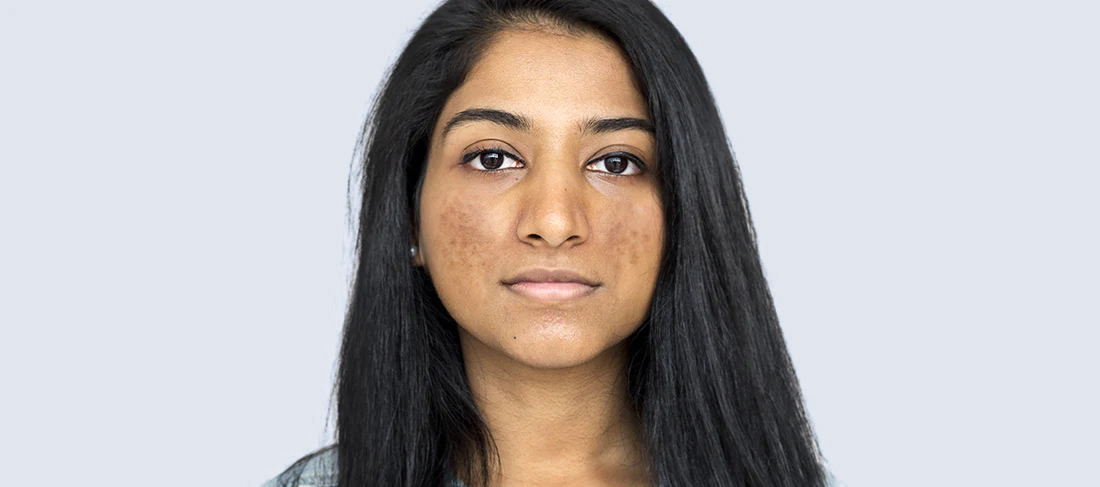Textured skin is a real struggle for many people.
And are there any ways to fix it?
Of course, the internet is swamped with conflicting ways to fix an uneven skin texture.
But do they really work?
Is doing home remedies enough to treat stubborn pigmentation on the face?
Not really! But don’t worry - this blog post will be your guide to understanding textured skin. We'll break down the science behind it and share all the secrets to getting smoother, more even-toned skin.
What Exactly is a Textured Skin, and What Causes it?
All of us have pores on our skin — and keeping them healthy can be a challenge.
Most of the time, it’s not even our fault.
For example, colder and drier months may lead to flaky and rough patches, warmer months can lead to breakouts caused by excess sebum or maybe you are having a skin concern or an allergy throughout the year that is causing unevenness.
The exact cause?
Not that easy to find!
However, knowing the science behind textured skin may help you understand better and form a plan to treat it.
So first of all, textured skin can look like anything from rough patches to bumpy, uneven skin.
“Dead skin cells pile up on the skin's surface, often leading to uneven texture.”
Now this can happen anywhere on your body — but mostly on your face.
Below is a severe example of textured skin -

Here 5 common causes of textured skin -
1. Enlarged pores cause visible topographic changes (bumpy skin) to skin surfaces, according to a 2016 study
The study suggests that large pores are not a medical condition, but they can cause cosmetic concerns to a lot of individuals.
There are 3 causes of large pores -
- Excess sebum production.
- Decreased elasticity around pores.
- Increased hair follicle volume.
2. Acne scars: a common problem for individuals with acne vulgaris
Did you know acne vulgaris affects 80% of people between the ages of 11 and 30?
From teens to adults, the reasons behind acne could range from hormonal change and stress to environmental damage and oil-based products.
Although acne comes and goes, it leaves a scar — and unlike acne, scars don’t just disappear in a few days.
Acne scars are an outcome of inflammation of acne — meaning when the pore is affected by a bacteria, it swells and eventually breaks down — leaving acne blemishes.
Sometimes the blemishes are not that deep and thus heal quickly. But in some cases, the blemishes are spread to the nearby tissues, which can cause deeper scars.
In both cases, your skin can be uneven and red.
But do not sweat, your skin will respond immediately by forming new collagen fibres. Consequently, the collagen — commonly known as the Repair Tissue — will help heal the wound.
3. Rough or dry skin — when your skin lacks moisture
Dry skin can be due to two reasons: either your skin genetically lacks moisture (which means you have a dry skin type) or external factors (environment, weather, etc).
Whenever your skin lacks moisture — it dries out and cracks — causing your skin tone to be uneven.
4. Hyperpigmentation: a major cause of uneven skin tone among the Indian population
A 2016 study conducted on skin hyperpigmentation among Indians states sun damage plays a major role in causing or worsening uneven skin tone.
UVA or UVB rays can penetrate the skin and cause sun damage — leading to discolouration, premature wrinkles and fine lines, and pigmentation.
Make sure to always protect your skin with a broad-spectrum sunscreen with SPF 50 and an extra layer of clothing.
5. Eczema or Rosacea: skin diseases causing discolouration
Skin conditions like Eczema can be itchy — generating a strong temptation to scratch the affected area. This is a common behaviour which leads to changes in the skin’s appearance, causing long-term damage to the texture.
Some studies have shown that even after an individual gets relief from Eczema or Rosacea, they may not regain their previous skin tone colour.
6 Ways to Improve Skin Texture — Recommended by Dermatologists
Effective ways to improve the skin texture that dermatologists swear by
1. Opt for a cleanser that cleans your skin from within
The entire purpose of cleansing your face is to remove the dead skin cells.
Will a basic over-the-counter cleanser be enough?
Not always — not until it has chemical exfoliators like AHA or BHA.
Exfoliating chemicals go deep into the skin, remove the dead skin cells on your stratum corneum (the outer surface of your skin), and increase cell turnover.
Some effective chemical exfoliators are -
- Salicylic Acid
- Glycolic Acid
- Lactic Acid
- Tropic Acid
Choose a cleanser containing an exfoliator, but start by using it 2-3 times a week, then gradually increase the frequency as your skin becomes tolerant.
2. Hydrate, hydrate, and hydrate!
Don’t ever underestimate a good moisturiser. I have mentioned above that one of the major causes of uneven skin tone is dryness and dehydration.
So make sure to buy a moisturiser that has hydrating skincare ingredients like Ceramide and Hyaluronic Acid.
Both of them moisturise and strengthen the skin barrier and protect the skin from external environmental damage.
3. Make sunscreen a daily habit, regardless of the weather
Daily application of sunscreen is crucial, especially for those with textured skin. Chronic exposure to the sun causes many issues like dullness, premature ageing, and changes in skin texture.
Since our country is situated in the tropics, the Indian population is affected more by sun damage. So make sure to wear an SPF 50 sunscreen regardless of the weather or season (yes even when it’s raining or during winters!).
4. Niacinamide can make a DIFFERENCE
Numerous studies prove that Niacinamide effectively addresses hyperpigmentation.
Just like this 2002 study conducted on 120 individuals states that Niacinamide significantly decreases hyperpigmentation and promotes skin lightening within 4 weeks of use.
An ideal percentage of Niacinamide in a skincare product is 5% to 10%.
5. Vitamin C serum effectively treats hyperpigmentation
Vitamin C has antioxidant properties that fortify your skin's defences against environmental harm, including UV rays and photodamage.

The regenerative qualities of Vitamin C can restore skin suppleness while lowering pigmentation, scar tissue, and age spots. This defence is essential if you want to prevent texture issues in the future.
6. It’s time! Add Retinol to your skincare routine
Retinol is the most effective solution for textured skin.
It speeds up cell turnover and boosts collagen production, which will make your skin appear smooth and more even.
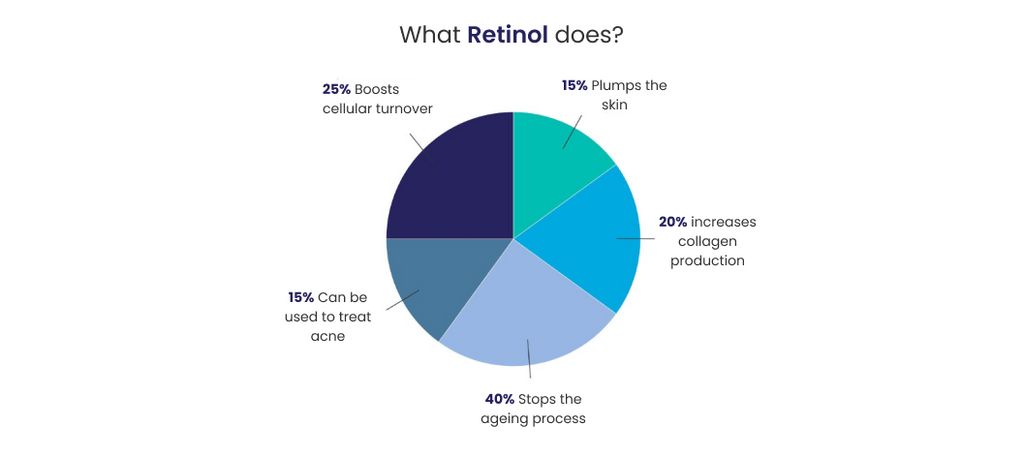
Moreover, Retinol can prevent acne on your face. But, many have a concern that Retinol is drying and can cause skin irritation, which is true, that’s why dermatologists suggest starting with a lower percentage of Retinol cream.
Here is a video demonstrating the best way to add Retinol into your skincare routine -
